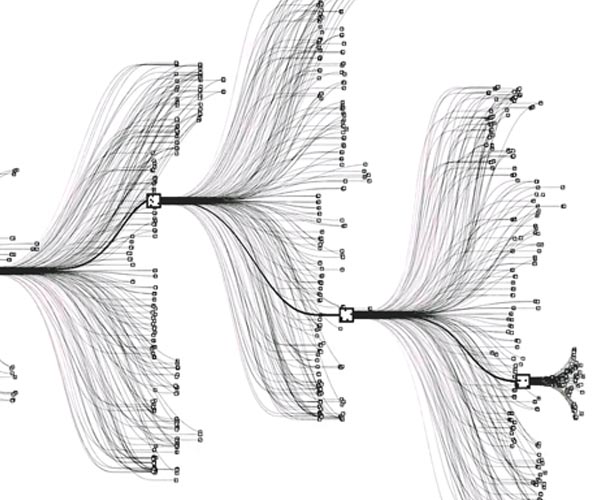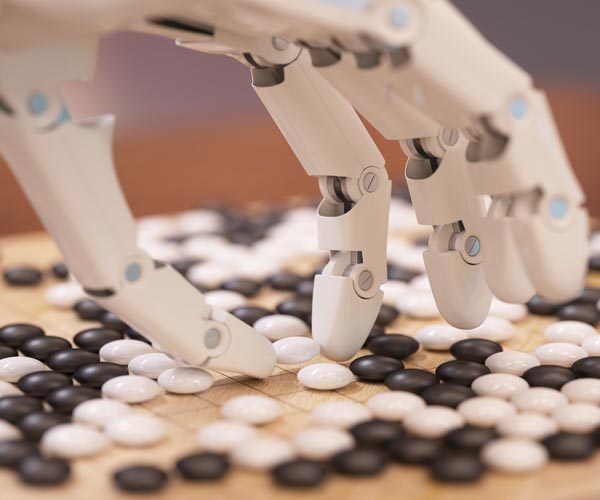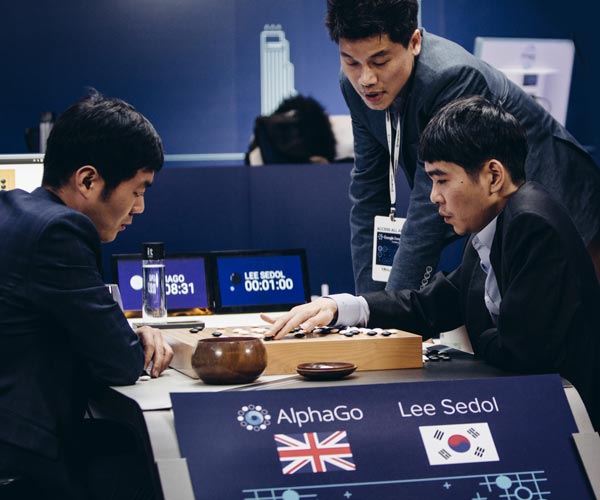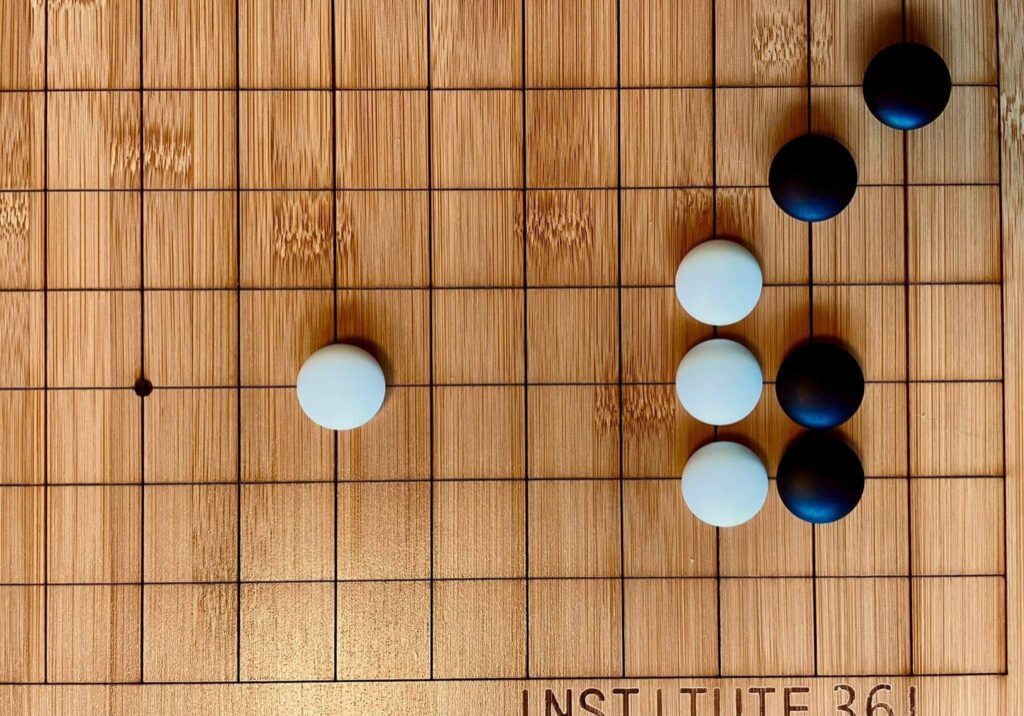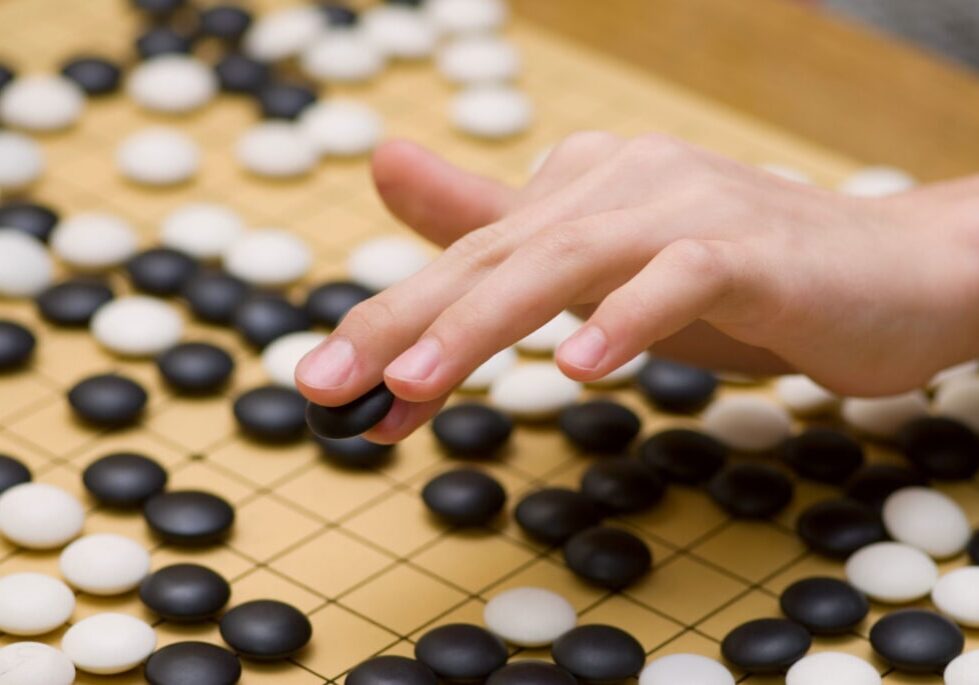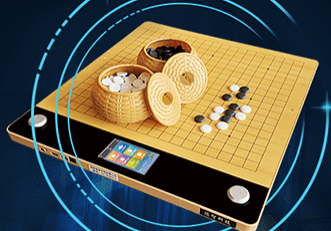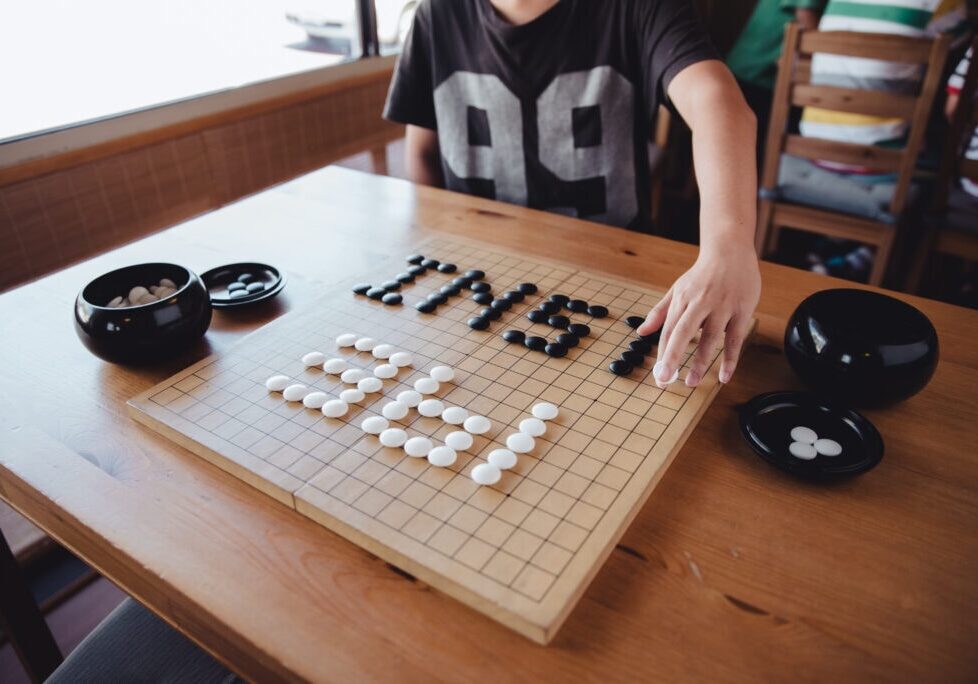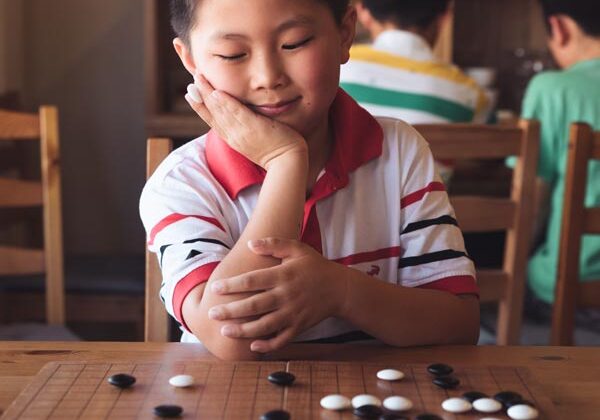What is GO? The History
Created in China more than 4,000 years ago, GO is regarded as one of the world’s most ancient art forms. For millennia, the game has been used to teach strategic thinking through collaboration. Just like in life, experienced players look at the whole board instead of local fights; the goal is not to win, but to play a quality game.
The game is deceptively simple: over an empty board, two players alternate the placement of black and white stones, attempting to surround territory while avoiding capture by the opponent. A 19×19 grid offers the first player 361 opening moves, and each play increases the possibilities. The embedded complexity helps develop intuition, concentration and balance.
GO is unique among ancient board games. Unlike backgammon, luck plays a small role in a player’s success. The stale war maneuvers of chess are replaced by the search for balance. A successful player focuses on mutual coexistence, finesse and strategy.
Consider, for example, a row of stones: the closer together, the more solid and immune to attack; the farther apart, the more area a player can capture. Finding balance between safe play and risk taking is key to establishing solid connections and exercising influence. The ultimate task is to create “breathing” space for stones to exist: the more space, the more territory.
Because the final extent of one’s territory is determined when the very last stone is placed on the board, players have to manage expectations, increase their attention spans and intensify concentration.
In GO as in life, everyone starts with an empty canvas and no limitations: every stone can be placed anywhere on the board. It brings creative thinking to decision-making. As the game progresses, single stones become groups, and these become organic structures that live or die. A stone’s power depends on its location and the timing: throughout the game there is growth and decay, movement and stasis, small defeats and temporary victories.
Free from complicated rules, simple in form, fluid and spacious, for centuries GO has been a tool to perfect life-long leadership skills and set a holistic mindset.
Introduce the ancient board game of GO to your organization and bring one of the oldest human traditions of decision-making to the modern boardroom.
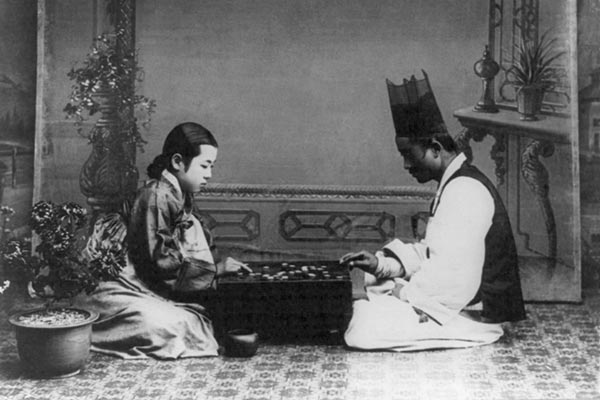

Go in the Modern World
GO is so closely evocative of the interior workings of the human mind that even Artificial Intelligence took a while to catch up. Computers have been able to defeat chess champions for decades, but it wasn’t until 2016 that the Deep Mind Challenge between AlphaGo and Korean professional player Lee Se Dol produced a victory for Artificial Intelligence. The game captivated the world’s attention as the first ever breakthrough for Artificial Intelligence on the humble GO board.

